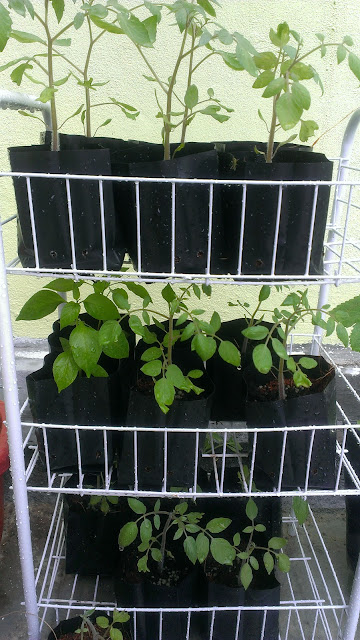Moisture Stress
- Moisture stress is the most common type of stress experienced by plants. Plants have to use energy to draw moisture from the soil through their roots, similar to drinking through a straw. When there is less liquid available, they have to use more energy to get to it. When plants are diverting more energy to the water problem, they lose vitality elsewhere. This results in characteristic wilting or dropping. Plants may begin to drop leaves or flowers, since they do not have enough water to support them. Plant color can fade, such as dry grass fading from bright green to pale yellow.
Vitamin Stress
- Plants need nutrition and vitamins to thrive, and will show symptoms of deficiency if they are lacking a certain vitamin. One easy way to tell that vitamin deficiency is the problem is if multiple plants in the same area develop the same symptoms at the same time. The symptoms vary depending on which vitamin is deficient. For example, magnesium-deficient plants often feature yellow blotches on leaves and stems, while nitrogen deficiency shows an overall paling of the entire plant, including all leaves, veins and stems. Phosphorus deficiency can cause plant leaves and stems to turn purple, while sulfur displays a reddish hue.Light Stress
- Plants use sunlight to perform photosynthesis and metabolic processes that enable them to thrive and grow, so not providing enough sunlight will lead to obvious symptoms. The plants will stop growing or will grow very slowly. If the plants produce flowers or fruit, the buds and fruits will be dull and tiny, and they will be few and far between. On smaller plants, you may see a distinctive lean as the plants grow in the direction of the sun; if they are only receiving a few hours of light from one direction, they will stretch in that direction. Not only does this ruin the look of your plants, but the stretched areas will be weak and thin.
Effects of Stress
- Much in the same way that stress lowers a human's immune response, plants suffering from stress are more likely to be infected with fungus, disease or insects. The plants are not able to produce natural protection since they are so focused on compensating for the source of stress. If the problem is not solved, the stress combined with these additional factors can kill the plants.
Read more: Range of Symptoms of Plant Stress | eHow.com ehow.com


















































